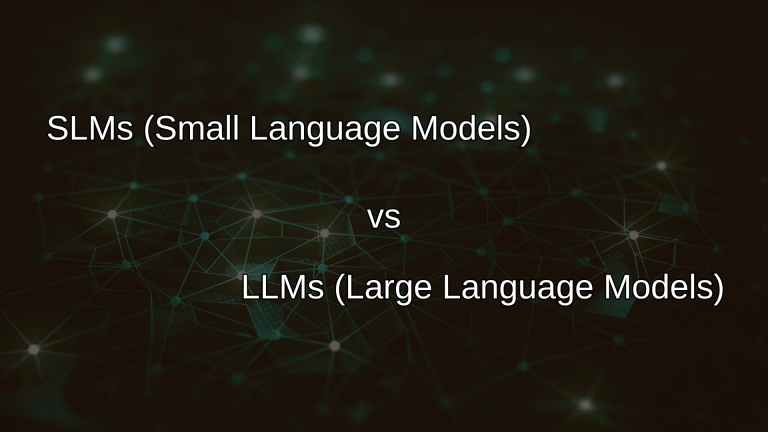Automated Testing: Engineering for Vibe Coders
Building prototypes that don’t break the moment you touch them
AI coding tools make it possible to create a working prototype in hours. But working once is not the same as working reliably. Many vibe coders experience the same frustration: a prototype that looked great yesterday suddenly breaks after one small change.
That’s where automated testing comes in. Even a lightweight testing habit can turn your quick AI build into something you can confidently extend, share, and reuse.
In this article, we’ll look at different types of testing (unit, integration, regression, property-based, and fuzzing) and how to start thinking about them before you write a single line of code.
1. Why vibe coders skip testing
AI-assisted coding feels fast and fluid. You describe what you want, the AI writes it, and you’re off to the next feature. Testing feels like it slows the vibe. But that’s a trap.
Without automated tests, every prototype becomes a one-shot build. You can’t safely refactor, expand, or even debug with confidence. Worse, when AI tools generate updates, you may not notice what they silently changed.
🟢 Pre-prototype habit:
Before generating code, decide what “working correctly” means for each feature. Think of the simplest way you could verify that automatically, even if it’s just a few assertions at first.
2. Unit tests: The smallest, fastest safety net
A unit test checks one small piece of code in isolation: a function, a method, or a component.
For example, if your AI-generated function calculates total order cost, a unit test should confirm that it handles taxes, discounts, and invalid inputs correctly.
Unit tests run in milliseconds and tell you immediately when something breaks. You don’t need a full testing framework to start; even simple assertions count.
🟢 Pre-prototype habit:
Plan where the boundaries of your logic will be. For each boundary, imagine one or two small checks that will tell you if the core logic still works after changes.
3. Integration tests: Where things meet and fail
Most bugs hide in the seams, where your functions, APIs, or services interact.
An integration test checks whether different parts of your app work together as expected. For example:
- Can your AI chatbot retrieve information from the database and return it correctly?
- Does your web app handle API rate limits or errors gracefully?
Integration tests often use mock data or sandboxed environments.
🟢 Pre-prototype habit:
Before building, identify which parts of your prototype depend on others (for example, your model API, storage, or UI). Decide how you could test those boundaries together later.
4. Regression tests: Catching “it used to work” moments
A regression test prevents old bugs from coming back. Whenever you fix a bug, turn that bug into a test case.
If your AI tool changes a function during refactoring, your regression tests will catch if it reintroduces the old error.
This habit is especially important when using AI coding assistants, which can sometimes rewrite correct logic in unexpected ways.
🟢 Pre-prototype habit:
Make a note to turn every bug fix into a permanent test. Even a handful of regression tests will protect your prototype from silent AI-generated regressions.
5. Property-based tests: Testing the rules, not just examples
A property-based test checks that your code always follows certain rules, no matter the input.
For example:
- “The output of sort() should always be sorted.”
- “The total of an invoice should never be negative.”
These tests use random data to find edge cases that your example tests might miss.
🟢 Pre-prototype habit:
Think about the core rules of your system; what must always be true? Write those down early, even before coding. Later, they’ll become powerful test properties.
6. Fuzz testing: Throwing chaos at your code
Fuzz testing (or fuzzing) means feeding your system random, malformed, or extreme inputs to see what breaks.
This kind of testing is critical if your prototype handles untrusted data or connects to APIs. It helps uncover crashes, exceptions, or vulnerabilities that normal tests won’t catch.
🟢 Pre-prototype habit:
Before connecting external inputs (like user text, files, or API responses), plan how you’ll validate and stress-test them. Define limits and error responses from the start.
7. Planning tests before coding
Automated testing isn’t something you bolt on later; it’s a design tool.
When you think about tests early, you’re also thinking about:
- What each part of your prototype is supposed to do
- How components depend on one another
- What kind of failure is acceptable
Even writing a few example tests before building helps clarify your design and keeps you from overcomplicating your prototype.
🟢 Pre-prototype habit:
Sketch a simple testing outline alongside your design. You’ll start coding with clearer boundaries and a built-in plan for validation.
8. Quick pre-prototype checklist
| Checklist Item | Why It Matters |
|---|---|
| Identify test boundaries | Defines where logic needs validation |
| Write simple unit test ideas | Keeps core logic reliable |
| Plan integration points | Ensures connected parts work together |
| Turn every bug into a test | Prevents regressions |
| Define system properties | Captures the rules your app must follow |
| Add fuzz input tests | Exposes edge cases and weak points |
| Automate test runs | Keeps feedback fast and consistent |
9. Closing note
Automated testing might feel like a formality, but it’s actually freedom. It’s what lets you change, refactor, and experiment without fear.
For vibe coders, it’s the difference between a disposable prototype and a foundation you can build on confidently.
🟢 Pre-prototype habit:
Don’t wait for bugs to teach you what to test. Plan your testing strategy before you start coding, and you’ll move faster later, with fewer surprises.







